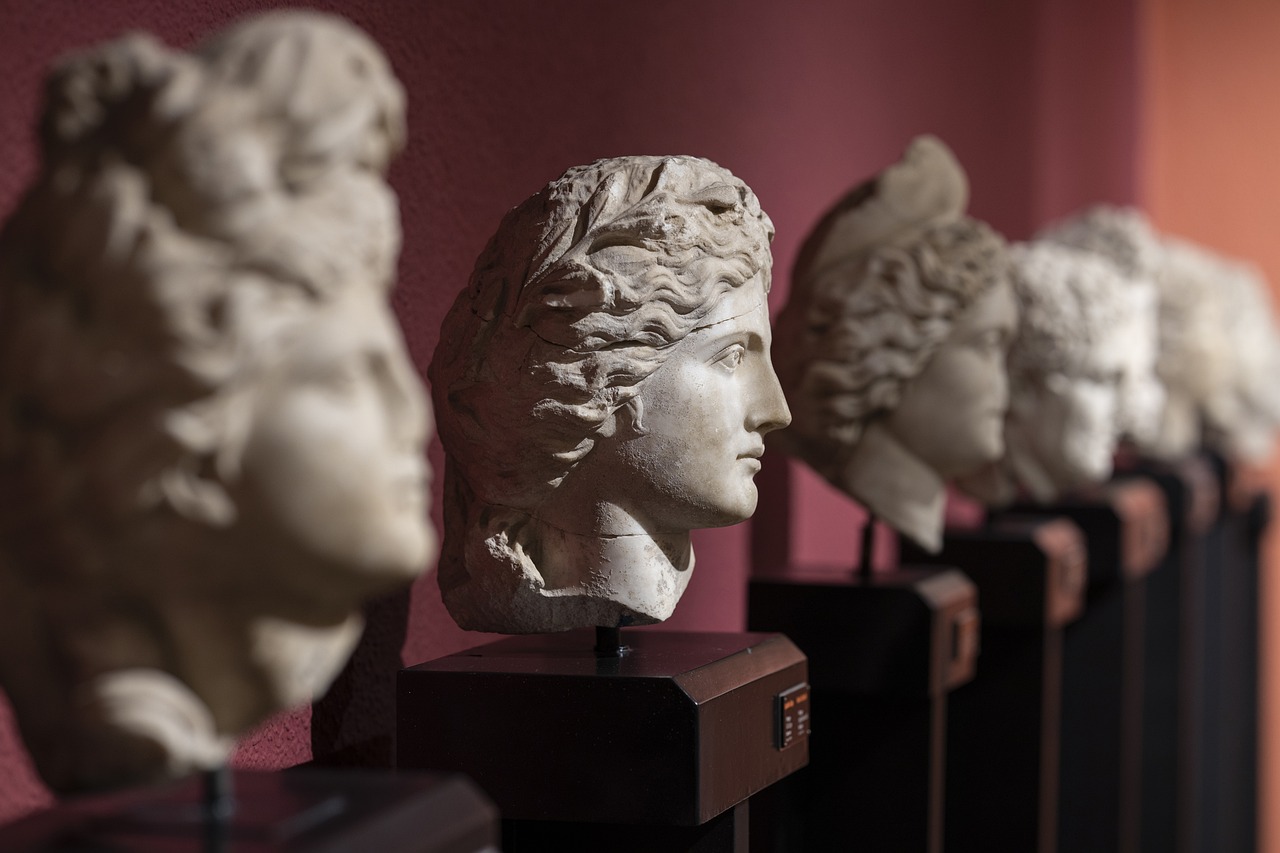Overview
Tyr, the one-armed deity of the Norse pantheon, is a notable figure among the Aesir tribe, symbolizing both warfare and justice. His dual nature can be confusing due to the limited information available about him. Primarily found in the Poetic Edda and Prose Edda, the cornerstone texts of Norse mythology, Tyr is especially remembered for his encounter with the giant wolf Fenrir, during which he lost one of his arms.
Etymology
The name “Tyr” signifies “a god” or “the god,” tracing back to the Proto-Indo-European term dyeus- and the Proto-Germanic Tiwaz, which means “deity.” This root has parallel connections to the names of Greek and Roman deities like Zeus and Jupiter, respectively. Scholars suggest that Tyr once occupied a higher status among the gods, yet by the era of the recorded Norse sagas, his relevance had considerably diminished. His once-great recognition is echoed in the naming of the letter “T” in the runic alphabet and the term “Tuesday,” meaning “Tyr’s day.”
Attributes
Tyr is more than a courageous warrior; he is also perceived as a source of wisdom and justice. Although references to him in Norse literature are brief, the most elaborate description comes from the Gylfaginning, a book within the Prose Edda, written by the Icelandic scholar Snorri Sturluson. This account notes Tyr’s bravery and valuable insight in battle. The missing right hand of Tyr is a defining characteristic, severed during his encounter with Fenrir, a monstrous creature born of Loki and the giantess Angrboda, who later plays a key role in Ragnarök, the apocalypse in Norse mythology.
Family
Tyr’s parentage is debated; he is said to be either the son of Odin, the king of the gods, or a giant named Hymir. While Hymiskviða, an unfinished piece in the Poetic Edda, mentions Tyr, it lacks details about his lineage, only referencing a grandmother of peculiar origin. Most experts agree that Odin is Tyr’s actual father, as noted in Snorri’s Skáldskaparmál. Consequently, Tyr shares half-siblings with key deities, including Thor, Baldur, and Heimdall, among others.
Mythology
Tyr’s Connection with Giants
Though Tyr appears in only a couple of myths, his portrayal is compelling. One tale involves him in the Hymiskviða, where he and Thor embark on an adventure to find a giant kettle capable of brewing enormous amounts of ale. They specifically seek out Hymir, who is described as Tyr’s father. Upon discovering that Hymir is away, Tyr’s grandmother advises them to hide, and the two gods conceal themselves in one of the giant’s kettles. When Hymir does return, he inadvertently exposes them by smashing a pillar.
The Fateful Encounter with Fenrir
Tyr’s most recognized moment derives from his sacrifice to Fenrir. This story, underscored in the Gylfaginning, highlights Tyr’s courage and his commitment to justice. Fenrir, having grown up among the gods, was feared for his destined role in Ragnarök. In an attempt to bind him, the gods crafted an unbreakable chain named Gleipnir. Tyr volunteered to place his hand in Fenrir’s mouth as a guarantee during their final test of trust. When the gods fail to release Fenrir, he bites off Tyr’s hand.
Tyr in Ragnarök
Tyr’s fate is sealed during Ragnarök when he confronts Garmr, a monstrous dog. Their battle leads to their mutual destruction, signifying the tragic yet heroic role Tyr plays at the end of the world.
Pop Culture
Tyr’s legacy is not limited to ancient texts, as modern expressions of his character continue to thrive, notably through the Faroese metal band Tyr. The band’s discography often delves into Norse mythology, reflecting themes crucial to Tyr’s narrative. Furthermore, the etymology of “Tuesday,” derived from Tyr’s name, remains embedded in contemporary language and culture.



